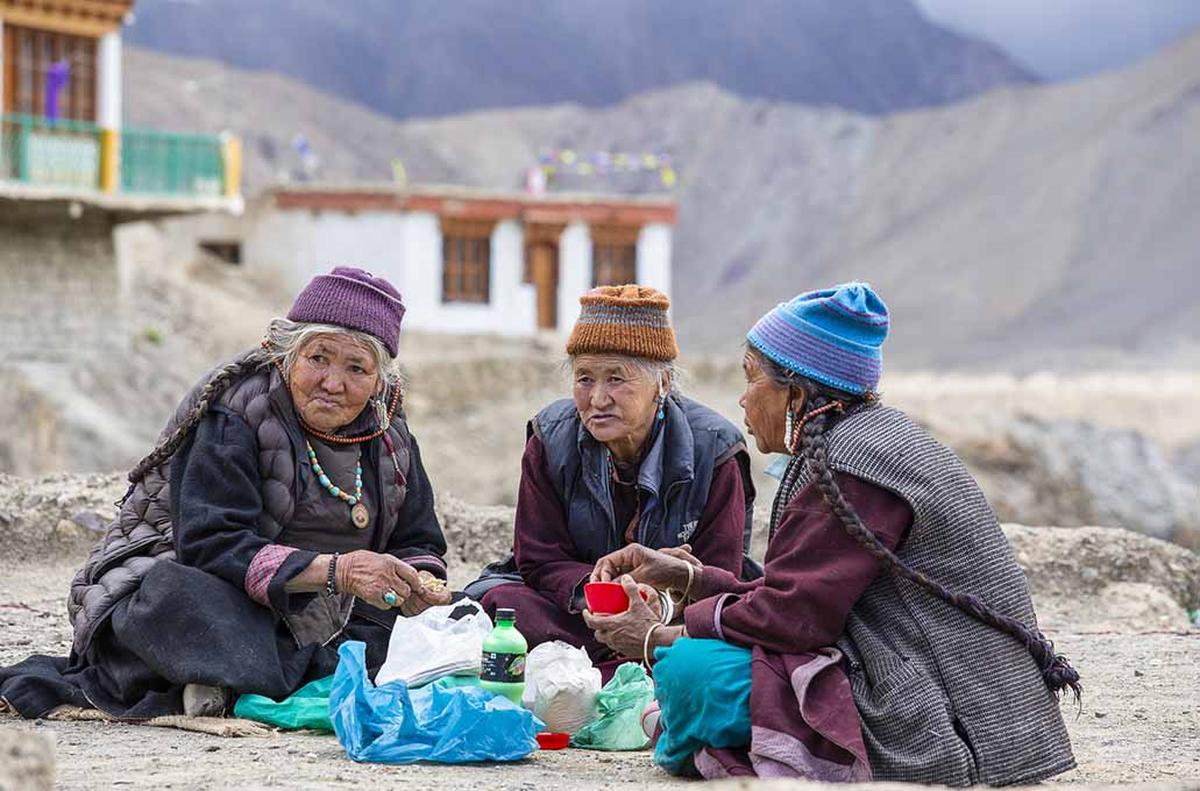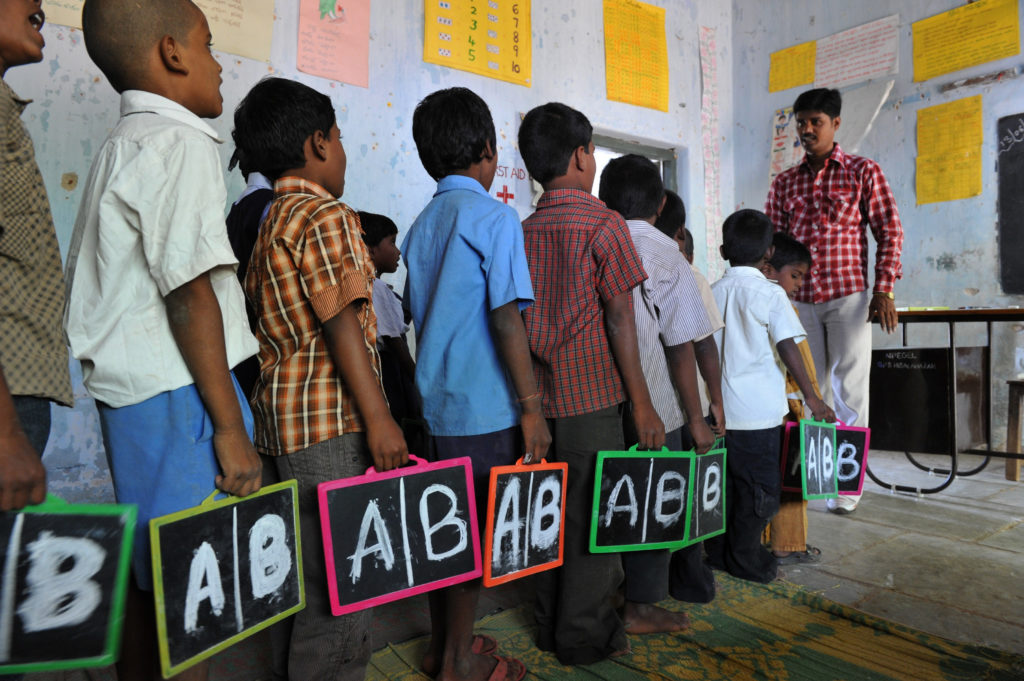- Courses
- GS Full Course 1 Year
- GS Full Course 2 Year
- GS Full Course 3 Year
- GS Full Course Till Selection
- Answer Alpha: Mains 2025 Mentorship
- MEP (Mains Enrichment Programme) Data, Facts
- Essay Target – 150+ Marks
- Online Program
- GS Recorded Course
- Polity
- Geography
- Economy
- Ancient, Medieval and Art & Culture AMAC
- Modern India, Post Independence & World History
- Environment
- Governance
- Science & Technology
- International Relations and Internal Security
- Disaster Management
- Ethics
- NCERT Current Affairs
- Indian Society and Social Issue
- NCERT- Science and Technology
- NCERT - Geography
- NCERT - Ancient History
- NCERT- World History
- NCERT Modern History
- CSAT
- 5 LAYERED ARJUNA Mentorship
- Public Administration Optional
- ABOUT US
- OUR TOPPERS
- TEST SERIES
- FREE STUDY MATERIAL
- VIDEOS
- CONTACT US
Ladakh’s New Policies on Quota, Domicile Status, and Governance
Ladakh’s New Policies on Quota, Domicile Status, and Governance
04-06-2025

- Ladakh became a Union Territory (UT) in 2019 after the bifurcation of Jammu and Kashmir.
- Following the abrogation of Article 370 on August 5, 2019, Ladakhi civil society groups demanded constitutional safeguards to protect their land, resources, employment, and identity.
- Protests and shutdowns erupted over fears of outsiders and big businesses taking over local land and jobs.
- There were 4 key demands by locals:
- Statehood for Ladakh
- Inclusion in the 6th Schedule of the Constitution (tribal status)
- Job reservation for locals
- Separate Parliamentary seats for Leh and Kargil
- In response, the Centre has recently (June, 2025) notified a series of regulations aimed at addressing these issues, introducing new frameworks for domicile-based job reservation, language recognition, and local governance.
- After all of this, A high-powered committee, headed by Minister of State Nityanand Rai, was formed in January 2023 to study these demands; its members met Home Minister Amit Shah in May 2025 before finalizing the notifications.
- The policy is an outcome of demands and consultations by local groups, including the Leh Apex Body (LAB) and the Ladakh Buddhist Association.
- Despite these measures, the demand for full Statehood for Ladakh remains unresolved.
Key Policy Updates Notified on June 3, 2025:
Reservation (Quota) Policy
- The President of India, Droupadi Murmu, notified the Union Territory of Ladakh Reservation (Amendment) Regulation, 2025, amending the Jammu and Kashmir Reservation Act, 2004, specifically for Ladakh.
- The previous reservation cap of 50% has been increased to:
- Total reservation shall not exceed 85% (excluding EWS reservations).
- Including Economically Weaker Sections (EWS), total reservation can reach 95%, among the highest in India.
- Comparison:
- Meghalaya: 85% reservation for Scheduled Castes and Tribes (SC/ST)
- Arunachal Pradesh: 80% quota for Scheduled Tribes (ST)
- Ladakh’s reservation breakup (as shared by Ladakh Buddhist Association President Cherring Dorjay Lakruk):
- 80% for Scheduled Tribes (ST)
- 4% for residents living along Line of Actual Control (LAC) / Line of Control (LoC)
- 1% for Scheduled Castes (SC)
- 10% for Economically Weaker Sections (EWS)
- Population context: Ladakh has approximately 2.74 lakh people, with around 80% belonging to tribal communities (2011 Census).
- Final categories and detailed rules to be notified soon by the Ministry of Home Affairs (MHA).
2. Domicile Criteria for Government Jobs
- Along with the reservation amendment, three other regulations were notified:
- The Ladakh Official Languages Regulation, 2025
- The Ladakh Civil Services Decentralisation and Recruitment (Amendment) Regulation, 2025
- The Ladakh Autonomous Hill Development Councils (Amendment) Regulation, 2025
- The Ladakh Civil Services Decentralisation and Recruitment Amendment Regulation, 2025 replaces the term “permanent resident of the State” (used in J&K laws) with “domicile of the Union Territory of Ladakh”.
- 1st-time Domicile Requirement: Introduces a domicile requirement for government jobs in the UT of Ladakh.
- Definition of Domicile: A person is a domicile if they have:
- Resided in Ladakh for 15 years, OR
- Studied for 7 years AND appeared in Class 10 or 12 exams in Ladakh.
- Children of Central Government employees who served in Ladakh for at least 10 years.
- Children and spouses of existing domiciles.
- Tehsildars will be empowered to issue domicile certificates based on these criteria.
- This policy governs all Gazetted and non-Gazetted posts in the UT.
3. Hill Councils Composition and Women Reservation
- Amendment to the Ladakh Autonomous Hill Development Councils Act, 1997 mandates:
- At least 1/3rd of the total seats in Hill Councils (Leh and Kargil) shall be reserved for women.
- The women’s reservation seats will be allotted on a rotational basis to different territorial constituencies.
- This is a significant step for gender representation in local governance.
4. Official Languages and Protection of Local Languages
- The Ladakh Official Languages Regulation, 2025 declares:
- English, Hindi, Urdu, Bhoti, and Purgi as the official languages of Ladakh UT.
- Institutional mechanisms will promote and develop other native languages: Shina (Dardic), Brokskat (Dardic), Balti, and Ladakhi.
- This recognizes Ladakh’s linguistic diversity and aims to protect endangered local languages.
Related Facts:
|
Why are These Regulations Significant?
- This is the 1st time the Centre has made a comprehensive effort to create specific governance and administrative frameworks for Ladakh since its separation from Jammu & Kashmir in 2019.
- Since the government is unwilling to grant 6th Schedule status (which would give greater constitutional autonomy to tribal areas), these regulations are an executive attempt to address long-standing Ladakhi demands.
- By defining domicile criteria and creating a legal filter, the government has moved to reserve jobs for the local population, a core demand of the protest movement.
- The recognition of Bhoti and Purgi language (mother tongues for many) and the promotion of other local dialects (Ladakhi, Balti) acknowledge the importance of cultural identity.
- Reserving one-third of LAHDC seats for women is a significant step towards gender inclusivity in local governance.
Comparison with Existing Provisions & Jammu & Kashmir's Protections
- Departure from Borrowed Laws: Before 2025, Ladakh largely followed adapted J&K laws (e.g., J&K Reservation Act, 2004; Civil Services Decentralization and Recruitment Act, 2010).
- These lacked Ladakh-specific domicile, job protection for locals, clear reservation caps, or recognition of Ladakhi languages.
- The 2025 regulations are a shift towards region-specific governance.
- Comparison with J&K Post-2019:
- UT of J&K: Received domicile laws for government jobs, land ownership restrictions for outsiders, and a legislative assembly.
- UT of Ladakh:
- Has no legislature.
- Until now, had no job reservation policy for locals. (Addressed by new rules).
- Still lacks legal land protection mechanisms.
- While these regulations bring Ladakh closer to J&K's post-2019 protections, Ladakh still significantly lags in constitutional safeguards and autonomy.
Limitations and Shortcomings of the New Regulations :
Despite being an important step, the regulations fall short of addressing core demands:
- Lack of Constitutional Protection:
- All new rules are made under Article 240 of the Constitution, which allows the President to make regulations for UTs without a legislature.
- These are executive decisions and can be amended or withdrawn by the Centre at any time.
- This is unlike the 6th Schedule, which is a constitutional guarantee and offers permanent, robust protections.
- No Land Safeguards:
- The most critical omission is the absence of any restriction on land ownership by non-domiciles.
- This is a major concern due to potential large-scale tourism, infrastructure projects, and Ladakh's fragile ecology and climate vulnerability.
- No Local Legislature or Law-Making Powers:
- The Sixth Schedule provides for Autonomous District Councils with significant powers over land, forests, customs, education, etc.
- The LAHDCs in Ladakh, even with women's reservation, remain administrative bodies without legislative power.
- Symbolic Cultural Protection:
- While local languages are recognized, there is no clear roadmap for their official use in education, governance, or the judiciary. This makes the recognition somewhat symbolic.
Way Forward:
- Move beyond executive orders under Article 240 by including Ladakh under the Sixth Schedule or granting Statehood to ensure permanent, robust safeguards.
- Introduce legal restrictions on land ownership by non-domiciles to protect locals’ land rights and preserve Ladakh’s fragile ecology.
- Give legislative and law-making powers to Ladakh Autonomous Hill Development Councils, similar to Sixth Schedule councils, for effective local governance.
- Develop clear policies to integrate native languages into education, administration, and governance, moving beyond symbolic recognition.
Prelims Question (MCQ)Consider the following statements regarding the recent policies notified for Ladakh in 2025:
Which of the above statements is/are incorrect? Answer: (a) Explanation:
Ensure IAS Mains Question (GS Paper 2)“The recent policy measures on quota, domicile status, and governance in Ladakh represent a significant step but fall short of addressing core demands related to constitutional safeguards and autonomy.” Discuss the key features of these policies, their limitations, and suggest a way forward. (250 Words ) |
|
Also Read |
|
| NCERT Books For UPSC | |
| UPSC Monthly Magazine | Best IAS Coaching in Delhi |





